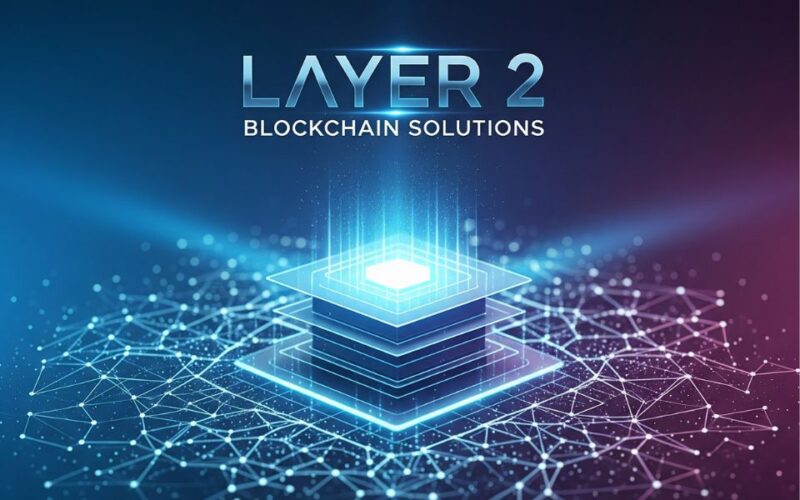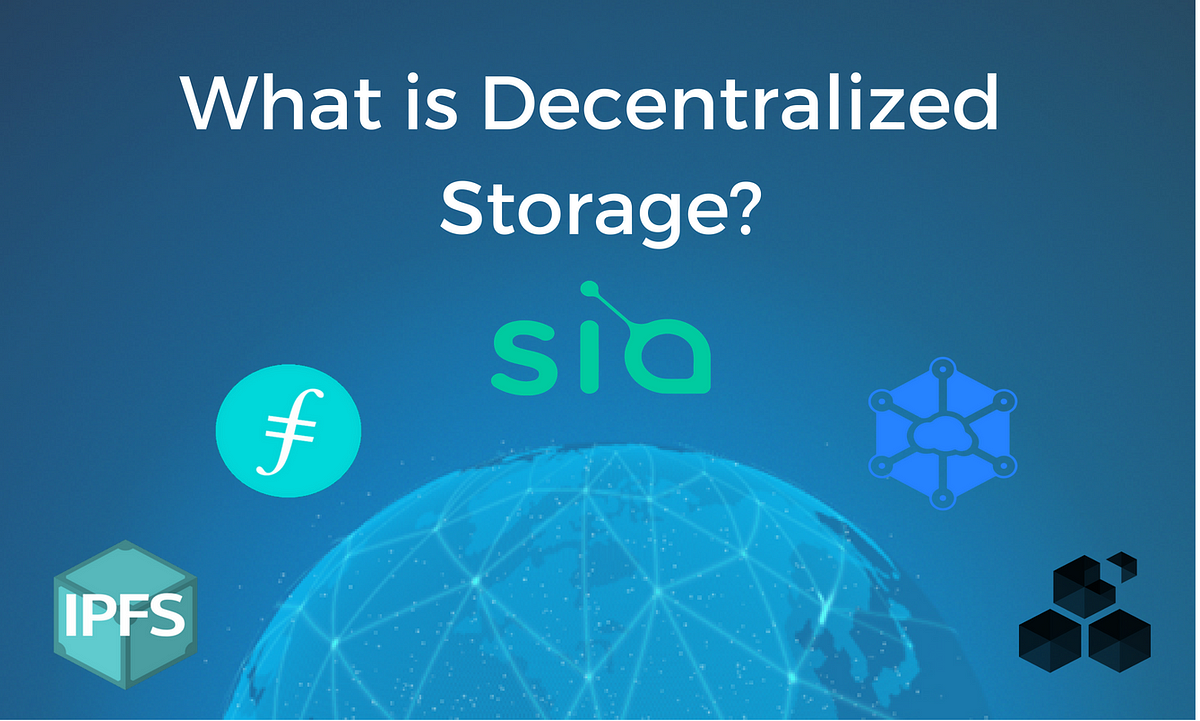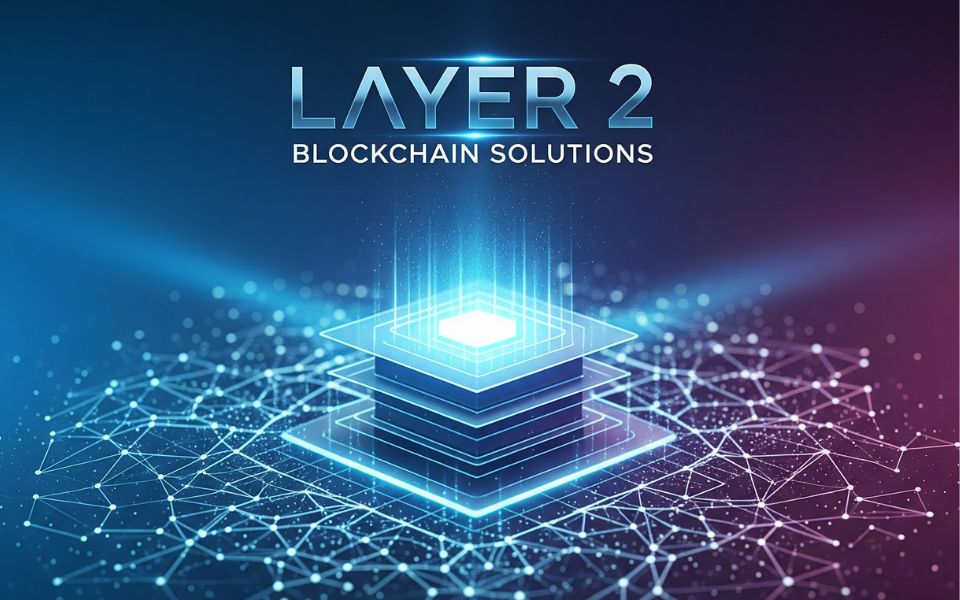
The rapid evolution of Web3 has transformed the way developers create digital applications. Decentralized applications (dApps) require specialized tools, frameworks, and protocols to handle smart contracts, blockchain interactions, and user experiences in a decentralized environment. The right developer tools are not just conveniences—they are the backbone for innovation in Web3, enabling secure, scalable, and user-friendly dApps.
The Importance of Web3 Developer Tools
Developing on blockchain differs fundamentally from traditional web development. Web3 developers must consider:
- Decentralized Architecture: Applications run on blockchain nodes rather than centralized servers.
- Smart Contract Security: Code must be auditable, secure, and immutable once deployed.
- Cross-Chain Compatibility: dApps may interact with multiple blockchains or Layer-2 solutions.
- Token Economics: Integrating cryptocurrencies, NFTs, and governance tokens adds complexity to application logic.
Developer tools simplify these complexities, reducing errors, increasing efficiency, and accelerating innovation.
Key Categories of Web3 Developer Tools
- Smart Contract Development Frameworks:
Tools like Hardhat, Truffle, and Brownie allow developers to write, test, and deploy smart contracts efficiently. They include local blockchain simulators, testing utilities, and deployment scripts that streamline development cycles. - Blockchain Node Services:
Accessing blockchain data and sending transactions requires running nodes or using services like Infura, Alchemy, or QuickNode. These platforms provide scalable APIs and infrastructure, saving developers from maintaining their own nodes. - Decentralized Storage Solutions:
dApps often need to store large data files off-chain while preserving decentralization. Platforms like IPFS, Filecoin, and Arweave offer persistent, verifiable storage for NFTs, media, and application data. - Wallet Integration and Authentication Tools:
User interactions with dApps require wallets and secure authentication. Tools such as MetaMask SDK, WalletConnect, and Web3Auth simplify wallet integration and provide secure onboarding experiences. - Cross-Chain and Layer-2 Integration Tools:
Protocols like Chainlink, Polygon SDK, and LayerZero enable interoperability, off-chain data feeds, and seamless interaction across multiple blockchains and scaling solutions. - Analytics and Monitoring Tools:
Platforms such as Dune Analytics, The Graph, and Tenderly provide real-time insights, on-chain data analysis, and debugging tools to ensure performance and security.
Benefits for Developers
Web3 developer tools unlock several advantages:
- Efficiency: Streamlined testing, deployment, and integration save time and reduce errors.
- Security: Auditing, simulation, and verification tools reduce vulnerabilities in smart contracts.
- Interoperability: Cross-chain and Layer-2 integration simplifies building complex, multi-network applications.
- User Experience: Tools for wallet management, storage, and APIs improve onboarding and engagement.
These advantages make it feasible for smaller teams and independent developers to build sophisticated, production-ready dApps.
Real-World Applications
Web3 developer tools are powering a wide array of decentralized projects:
- DeFi Platforms: Protocols like Aave, Compound, and Uniswap rely on robust frameworks and analytics to manage lending, borrowing, and trading.
- NFT Marketplaces: OpenSea and Rarible use storage solutions, smart contract frameworks, and cross-chain tools to facilitate asset creation, trading, and ownership verification.
- Gaming and Metaverse: Platforms like Decentraland and Axie Infinity leverage wallets, decentralized storage, and smart contract libraries to enable immersive experiences with on-chain assets.
These examples highlight how developer tools directly impact the speed, quality, and scalability of Web3 applications.
Challenges and Considerations
Despite advances, developers face hurdles:
- Rapidly Evolving Ecosystem: Tools and protocols change quickly, requiring constant learning.
- Security Risks: Misconfigured frameworks or smart contracts can lead to exploits.
- Cross-Chain Complexity: Multi-network integration increases development and testing demands.
- User Adoption: Ensuring smooth onboarding for non-crypto-native users remains challenging.
Ongoing education, community collaboration, and adherence to best practices are crucial to overcoming these challenges.
The Future of Web3 Developer Tools
As Web3 matures, developer tools will evolve to support:
- Low-Code and No-Code Platforms: Enabling creators with minimal coding experience to deploy dApps.
- Advanced Auditing and Simulation: AI-powered tools for vulnerability detection and automatic optimization.
- Enhanced Cross-Chain SDKs: Standardized libraries to simplify multi-chain deployment.
- Integrated Governance Tools: Tools for DAOs and tokenized communities to manage on-chain decisions effectively.
These innovations will make dApp development faster, safer, and more accessible, expanding the Web3 ecosystem globally.
Final Thoughts
Web3 developer tools are the engine driving the next generation of decentralized applications. They simplify blockchain complexity, enhance security, and empower developers to build scalable, innovative dApps.
In a rapidly expanding decentralized ecosystem, mastering these tools is not optional—it is essential. With the right frameworks, SDKs, and protocols, developers are shaping a future where the decentralized web is powerful, accessible, and user-driven, redefining the digital experience for everyone.








